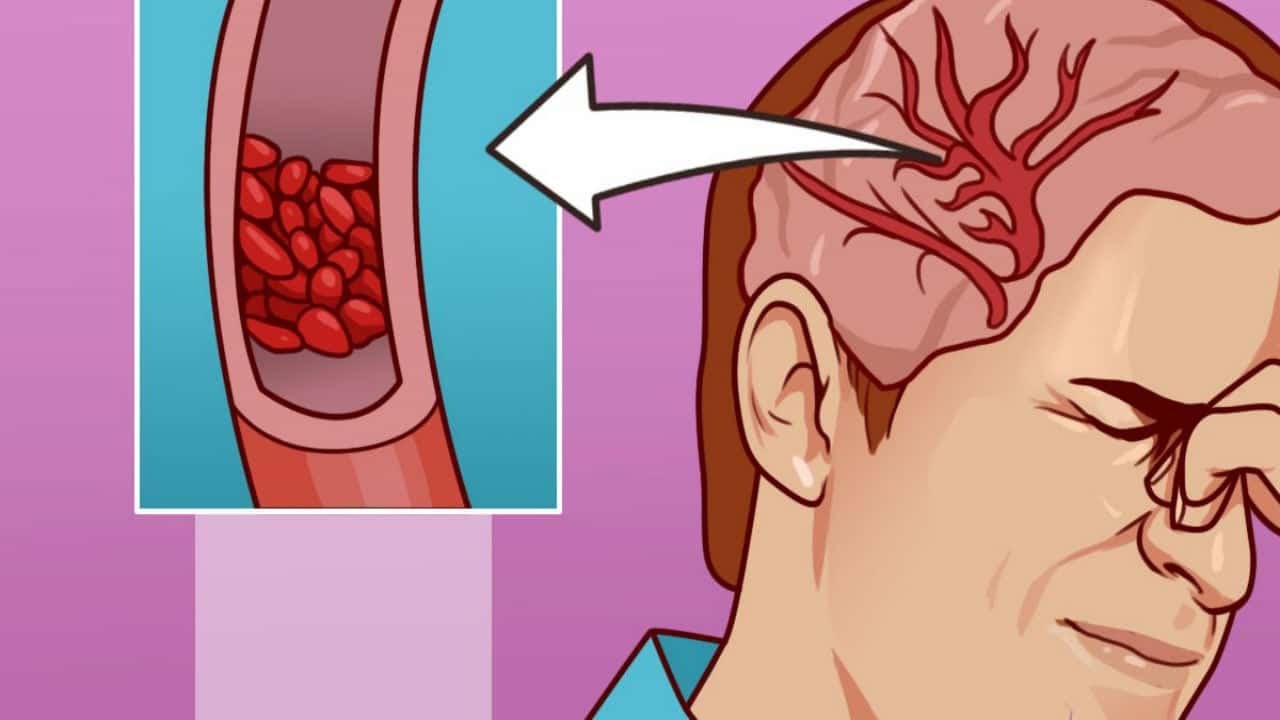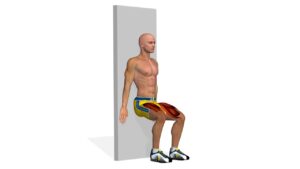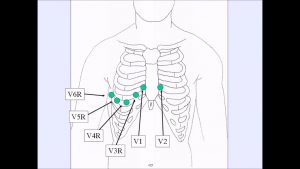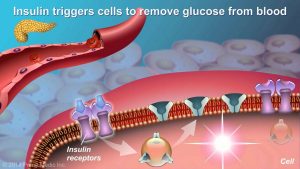Magnesium is a mineral found in many types of foods, it plays an essential role in human DNA production, repair and in maintaining healthy bones, nerves and muscles. Though it is readily available, most Americans do not meet their need for magnesium through their diet. you should consider getting your magnesium level checked if you suffer the following 11 symptoms. 1. Low energy. Magnesium is involved in at least 300 different chemical reactions in our body, and a lot have to do with energy production. A sign of low magnesium can be low energy. 2.Insomnia. If you’re having a hard time falling or staying asleep, it may be due to low levels of magnesium, particularly if you are experiencing a lot of stress. Stress hormones increase blood pressure and heart rate, this is partly accomplished by depleting the body of its magnesium If there isn’t enough magnesium available for the body to replenish itself, sleeping becomes a problem. 3.Constipation. Bowel movements often slow down without enough magnesium in the body. note that magnesium is the main ingredient in many over-the-counter laxatives. 4.Frequent headaches. Magnesium deficiency lowers serotonin levels, causes blood vessels to constrict and affects neurotransmitter function, all related to headaches — especially migraines. 50% of migraine sufferers have a magnesium deficiency. 5.Twitching or cramping. Because magnesium plays an important role in muscle relaxation, insufficient intake can result in unintended muscle movement. Without magnesium, our muscles would be in a constant state of contraction 6.Low bone density. Magnesium plays a major role in bone formation, and the majority of the body’s magnesium is stored in the bones. People with higher intakes of magnesium have a higher bone mineral density. 7.High blood pressure. Magnesium is very important in maintaining a healthy blood pressure, a deficiency can definitely cause pressure to be too high. Eating foods high in magnesium and other minerals can help prevent high blood pressure in people with prehypertension. 8.Type 2 diabetes. Breaking down blood sugars is another of magnesium’s jobs in the human body. People with higher amounts of magnesium in their diets tend to have a lower risk of developing diabetes. Research is ongoing to determine whether magnesium therapy can be used in diabetes treatment. 9.Irregular heartbeat. With low magnesium levels, the heart can have trouble staying in its regular rhythm. doctors will often prescribe magnesium supplements for patients who complain of an irregular heartbeat. 10.Increased sensitivity to noise. Not having enough magnesium curtails its role in stabilizing the nervous system, This often results in hyperflexia, an enhanced startle reflex. And 11. Depression and anxiety. Low levels of magnesium in the brain can affect neurological functions that result in all sorts of problems. Studies have shown that some phobias — such as agoraphobia — have developed as a result of low magnesium levels. Please Subscribe! ▶ https://goo.gl/ksfh7M NOTE: The materials and the information contained on Natural ways channel are provided for general and educational purposes only and do not constitute any legal, medical or other professional advice on any subject matter. None of the information on our videos is a substitute for a diagnosis and treatment by your health professional. Always seek the advice of your physician or other qualified health provider prior to starting any new diet or treatment and with any questions you may have regarding a medical condition. If you have or suspect that you have a medical problem, promptly contact your health care provide. google plus: https://plus.google.com/b/113379601003474436812/113379601003474436812 reference: www.remedydaily.com Images licensed under Creative Commons: www.wikihow.com canstockphoto.com

11 Signs Your Body Needs More Magnesium
- Post author:
- Post published:May 15, 2021
- Post comments:0 Comments
You Might Also Like

Pre Blended Creams Video – 4

Intestinal tuberculosis – Causes, Symptoms | Is intestinal TB contagious? – Dr. Rajasekhar M R

The Health Benefits of a Vitamin B Complex (Comprehensive Review)

How to Prevent Prediabetes from Turning into Diabetes

Anabolism and Catabolism

Preacher Curl On Cable Machine

Wall Sit-3

Using Clomid To Treat Low Testosterone

The Best Aerobic Exercise for Arthritis – The Basic Jog

Life Fitness Cable Cross Rope Triceps Extension (Medium Pulley)

Human Body, Body Building Muscle Building Anatomy Physiology Video – 25

World’s Best Fish Oil Capsule | WOW Omega – 3 Fish Oil Capsule Supplement Review in Hindi

BUILD SHIRT STRECHING BACK WITH UPPER TRAPEZIUS-ROPE SHRUGS WORKOUT.

Dermatology/Skin Surgeries Video – 4

Definition Fitness – Muscle Building Arm Routine

Flexibility and Gymnastics Skills. Flexibility Stretches. Professional contortion. yoga flexibility

Overweight & Obesity Video – 19

Pediatric Physiotherapy Video – 2

Which Foods Are Low In Fat

Biotin Supplement / Vitamin B7: Unexpected Side Effects???

Group Exercise Warm Up

Adductor Machine-5

What is Creatine? Should You Be Taking This Supplement?

Fish Mox Forte 500 mg Amoxicillin Fish Antibiotic

how muscles grow

Top 10 Omega 3 Rich Foods for Vegetarians & Non-Vegetarians

V Position Exercise-1

Floatation Healing Video – 4

glutamine supplement | glutamine benefits in | hindi india | glutamine powder | l-glutamine powder
Anatomy

Breastfeeding: correct attachment

The science behind hair loss

How To: Complete Right Side ECG

BEST Workout & Diet ADVICE for DATING | How to Build Muscle & Lose Fat FAST

Trampoline Video – 1

Seated Calf Raise-3

Digestive System Song

Nutrition 101 free course

Understanding Type 2 Diabetes

Working Out After Injuries : How Do I Prevent Shoulder Injury During Exercise?

How to Balance Your Hormones Naturally

